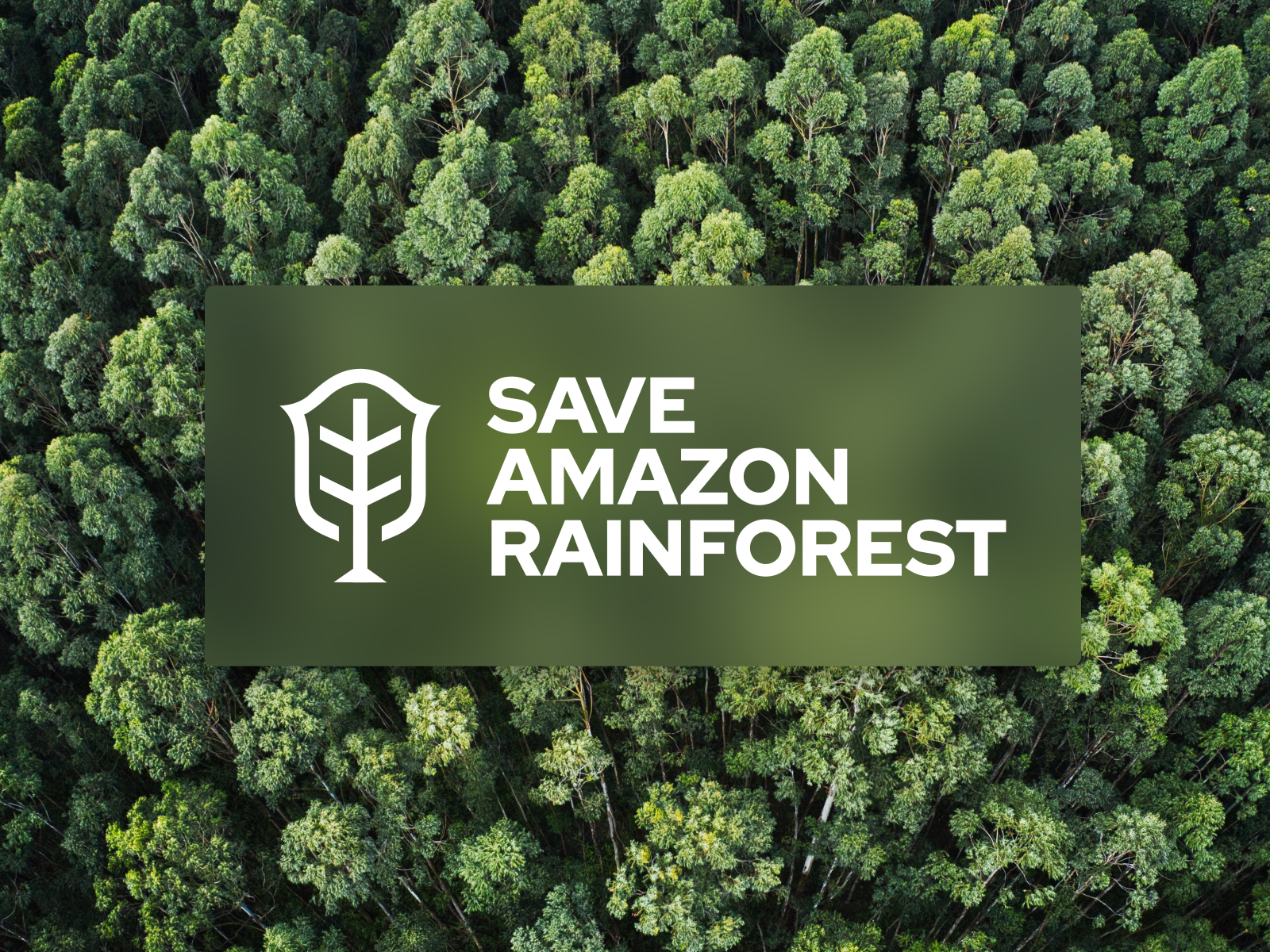The Amazon rainforest, often referred to as the “lungs of the Earth,” is a crucial ecosystem that plays a vital role in regulating the global climate. Its rich biodiversity and unique ecosystem have made it a subject of concern for environmentalists and conservationists around the world. One of the most pressing issues facing the Amazon today is deforestation, which poses a significant threat to the region’s biodiversity and the livelihoods of indigenous communities.
As the demand for commodities such as soy, beef, and palm oil continues to rise, the Amazon rainforest is being cleared at an alarming rate to make way for agriculture and industrial development. This has led to widespread environmental degradation, loss of habitat for wildlife, and increased carbon emissions. In response to this crisis, a growing number of initiatives have emerged to address the issue of deforestation in the Amazon, including the concept of trading as a potential solution.
Can trading save the Amazon? This question has sparked debate among environmentalists, policymakers, and economists alike. Proponents of trading argue that by putting a price on the ecosystem services provided by the Amazon, such as carbon sequestration and biodiversity conservation, we can create economic incentives for conservation. This, in turn, could help to reduce deforestation rates and promote sustainable land use practices.
While the idea of trading may sound promising in theory, its implementation poses a number of challenges. One of the main concerns is the risk of commodifying nature and turning it into a financial asset. Critics argue that by assigning a monetary value to the Amazon’s ecosystem services, we run the risk of prioritizing profits over the protection of nature and the wellbeing of local communities.
Furthermore, the effectiveness of trading schemes in reducing deforestation remains a subject of debate. Some studies have shown positive results, demonstrating that trading can incentivize forest conservation and promote sustainable development. However, others have raised concerns about the potential for greenwashing and the displacement of deforestation to other regions.
Despite these challenges, trading holds promise as a tool for conserving the Amazon rainforest. By harnessing the power of market forces and creating economic incentives for conservation, trading has the potential to steer the region towards a more sustainable future. However, careful planning and implementation are essential to ensure that trading schemes benefit both the environment and the people who depend on the Amazon for their livelihoods.
In conclusion, the question of whether trading can save the Amazon is a complex and multifaceted issue. While trading holds promise as a potential solution to deforestation, its implementation must be approached with caution to avoid unintended consequences. By striking a balance between economic interests and environmental protection, we can work towards a more sustainable future for the Amazon and ensure that this precious ecosystem continues to thrive for generations to come.

